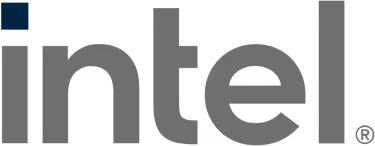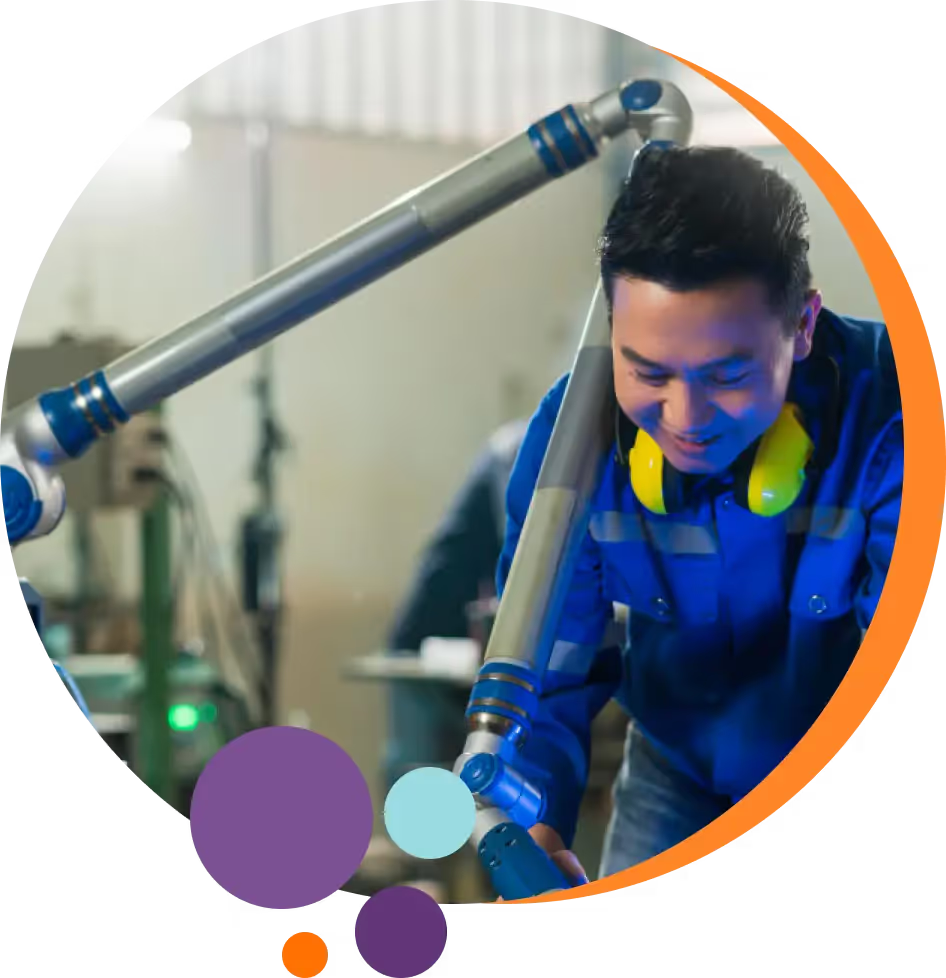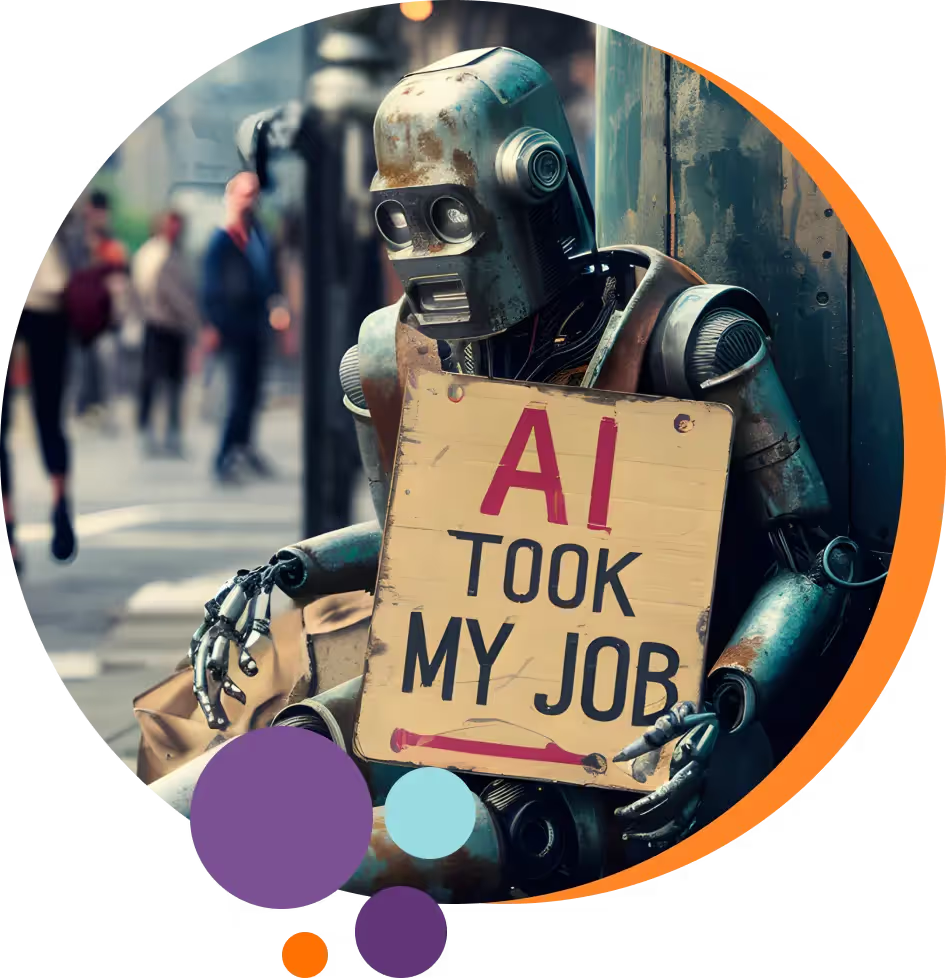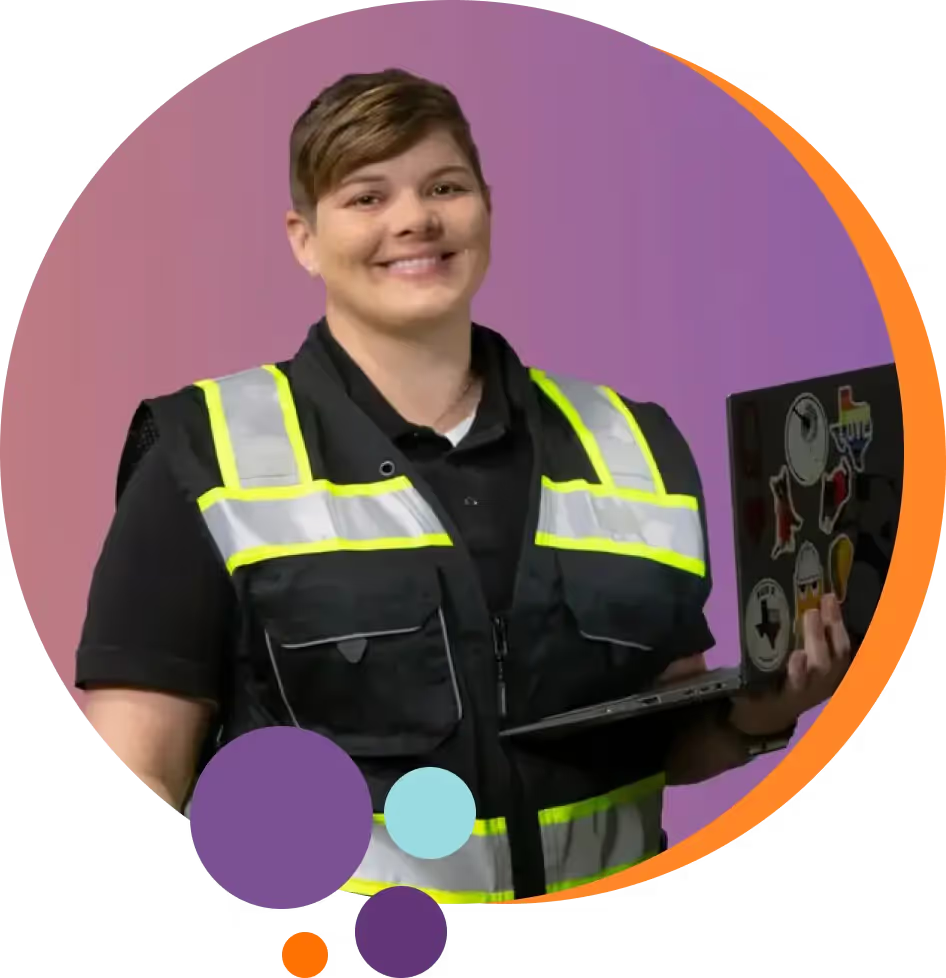Reflect on Your Current Skills and Experience
Start by taking stock of your current skill set and professional experiences. Doodle on paper or brainstorm answers to these questions:
- What are your strengths? Consider what past managers or family and friends tell you.
- Which skills have you mastered, and which ones could you improve? Consider educational credentials, hobbies, skills, activities in clubs, and volunteer work.
- Can your current hard and soft skills transfer to a new industry or role? Transferable skills are those abilities you've learned that will be valuable in a new position.
- Do you know yourself? Consider learning about different personalities and ways of communicating with the following resources:
Identify Your Interests and Passions
Understanding what you're passionate about is part of the career change process. Consider these questions:
- What would make a career more fulfilling for you?
- Which tasks and projects have brought you the most satisfaction?
- What aspects of your current or past jobs have you enjoyed the most?
If you're unsure of your interests and what you enjoy, try an Interest Assessment.
Clarify Your Values
Your core values are the compass that guides your career decisions.
- What matters most to you in a work environment?
- Are you moved by creativity, stability, autonomy, or collaboration?
- How much time do you want to dedicate to your career, and how does that fit with your personal life?
A career aligning with your values provides long-term satisfaction.You can take a Values Assessment Online to better understand what drives you.
Define Your Professional Goals
Setting clear, achievable goals will help you navigate your career change with purpose.
- What are your career objectives?
- Are you looking to climb the corporate ladder?
- Are you seeking a role that provides direct social impact?
If goal setting is something you could use some help with, consider a class such as Remote Goal Setting and Accountability to help you move forward.
Evaluate Your Willingness to Learn and Assess Financial Expectations
A career change often requires new knowledge or training. Gauge your readiness to invest time and resources into learning new skills.
Consider your financial abilities now and for the future:
- Are you willing to invest in additional education?
- What salary do you need to support your lifestyle?
- Are you financially prepared to possibly start at a lower salary level?
Self-assessment provides a solid foundation for your career change. It's about knowing who you are, what you want, and what you're capable of. This is critical information for making informed decisions about your professional future.
.webp)
Step 2- Research and Exploration
Once you've conducted a self-assessment, the next step is to delve into research and exploration.
This phase is about gathering information to inform your career change decision and to identify the paths that align with your self-assessment findings.
The research and exploration stage is about matching your skills, interests, and values with the right career opportunities. Consider the below diagram. Your sweet spot is where your skills, interests, and values connect.
.webp)
Investigating New Industries and Opportunities
Next in research is exploring industries that pique your interest. Look into:
- Market trends: Try the World Economic Forum, Bureau of Labor Statistics
- Job availability: Check out job postings in your locality for the industry and jobs you are considering.
- Industry health: Look at industry organizations online, and talk with those who already work in your field about the availability and future of jobs in the field.
Consider how your skills and interests align with the roles you find. It's also beneficial to research companies within these industries to understand their culture, values, and growth opportunities.
Getting Career-Ready Quickly
Some top careers require only months to prepare for. Bootcamp style and skills-based courses can often help you find a lucrative position within a year.
If you've considered computer-related fields, consider the following courses to get started in a fast-change career in cybersecurity!
- EC Council's Certified Secure Computer User (CSCU)
- EC Council-Certified Ethical Hacker (CEH)
- EC Council-Hacking Forensics Investigator
- EC-Council Certified Incident Handler (ECIH)
- EC Council-Cert Chief Information Security Officer
Informational Interviews and Networking
Networking is a powerful tool in your research phase. Reach out to professionals in the field you're interested in.
Informational interviews can provide insider insights not available through online research alone. These conversations can also expand your professional network and open doors to potential opportunities.
For example, you may find that you're very good at logical thinking. In fact, you remember geometry theorems from high school so well that it scares your friends.
However, you've never considered computer programming. Talking with a friend who did a boot camp and landed a lucrative job gets you thinking about your skills, interests, and values. Computer science could be a good fit!
So you read more about the different types of computer science careers and then check out some courses that can jump-start your trajectory into a career without the time and financial costs of a 4-year degree.
- Deep Dive IoT Coding and Hardware Design
- Deep Dive UX/UI Design
- Deep Dive Data Science-Part-time
- Deep Dive Data Science-Full-time
- Deep Dive Fullstack
Understanding the Necessary Skills
As you explore new roles, identify the skills and qualifications they require.
- Do you need additional training or certifications?
- Are there specific experiences that you lack?
Perhaps you're fascinated by crypto currencies, but you currently work at a bank's IT department. Fill in skill gaps with the online on-demand courses below and see where your interests take you!
Also, consider the time to finish courses and how they fit into your overall career change timeline.
For example, CompTIA A+ PC Hardware Certification Training can be completed in 8 weeks. It prepares learners for success on the CompTIA A+ 220-1001 exam while helping them master the latest IT knowledge and skills to be successful IT support technicians.
Considering the Financial Impact
A career change can have significant financial implications. Research the typical salary ranges for your new role and consider how this will affect your financial situation.
You may need to adjust your budget or savings plan to accommodate for changes in income as you transition. For example, you may need to keep working while you get the credentials you need to go into real estate sales.
Online courses like the ones below can make this goal a reality:
By thinking through who you are, what you've achieved, and what matters to you, you can make informed decisions and set yourself up for success in your new career.
.webp)
Step 3- Ideas For Your Career Development Plan
After assessing your personal goals and exploring potential career paths, it's time to craft a detailed career development plan. This plan will serve as a blueprint for your career change, outlining the steps needed to reach your new professional objectives.
Defining Long-term and Short-term Career Goals
Begin by setting clear, achievable, long-term career goals based on your self-assessment and research.
For example, you might find that you enjoy solving complex problems, thinking critically, designing equipment or technology, and are good at math. You enjoy learning new skills and understanding systems.
While you've been working as a mechanic, your goals include making more money and getting better benefits. You've talked to others and wonder if a career in mechatronics could be a good fit for you.
You begin by reading about mechatronics:
- Mechatronics in Aerospace: Industry Insights and Outlook
- 5 Ways a Career in Mechatronics Could Change Your Life
- Navigating the Roadmap to an Engineering Career in Mechatronics
- Decoding the Future with Mechatronics Engineering: The Ultimate Guide
Using Goal Creation for Clarity and Achievability
Now that you've researched a bit, you can see the big picture goal, it's time to break it down into short-term goals, which act as milestones along the way.
Ensure your goals are not vague, like "Learn coding." Instead, set a more definite goal such as "Complete an introductory Python course by the end of the quarter."
Knowing your specific goal, you look online and sign up for Introduction to Python.
Skill Gap Analysis
Identify the skills you currently have and those you need for your new career. This gap analysis will highlight the areas you need to focus on and help you prioritize your learning and development efforts.
For example, if you realize mechatronics is a good fit for you, you might take courses such as:
- Introduction to Mechatronics
- Mechatronics for Equipment Maintenance - Level II
- Mechatronics for Equipment Maintenance Level II - Virtual Lab
- Principles of Control Systems
And because you studied the industry and did a market analysis, you know that mechatronics professionals are in demand. Once you have the skills, finding a job should not be difficult.
Action Steps and Resources
For each short-term goal, list the specific actions you'll need to take. This might include the following:
- Enrolling in courses
- Updating your resume: Read how with Supercharge Your Resume: Unleashing the Power of ChatGPT and Ultimate Guide to Creating a Resumé for a Career Change
- Writing a cover letter template. Read this for help: Ultimate Guide to Creating a Cover Letter for Career Change
- Building a portfolio: Digital arts professionals and other creative professionals need one. Behance and Vimeo are often good sites for this.
- Joining a career network or finding others in your chosen career to talk with.
- Building up your savings to cover additional skills educational development.


.webp)


















.webp)
.webp)


